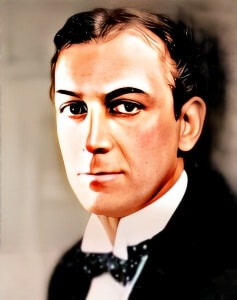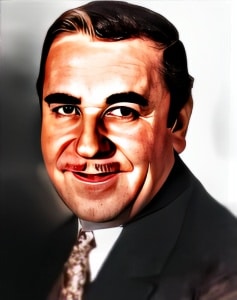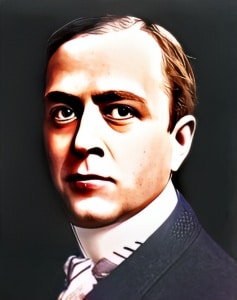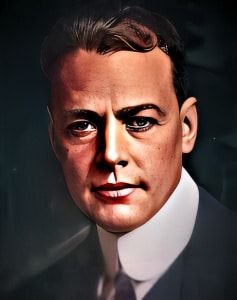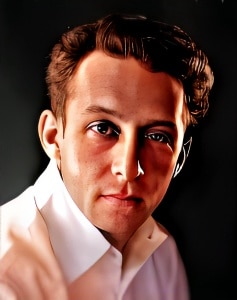 Raymond Hatton, born on July 7, 1887, in Red Oak, Iowa, was a versatile actor of the silent film era known for his ability to seamlessly transition between various genres and roles.
Raymond Hatton, born on July 7, 1887, in Red Oak, Iowa, was a versatile actor of the silent film era known for his ability to seamlessly transition between various genres and roles.
With a career spanning several decades, Hatton left a lasting mark on the early days of Hollywood.
Hatton began his acting career in vaudeville before making the transition to silent films. His early experiences on the stage helped him develop a strong foundation for his work in the burgeoning film industry.
One of Raymond Hatton’s notable roles was in the 1921 silent film “ The Ace of Hearts,” directed by Wallace Worsley. In the film, he portrayed Farallone, a member of the secret society known as “The Black Hundred.” Hatton’s performance added depth to the intricate plot, demonstrating his ability to tackle complex and multifaceted characters.
What set Hatton apart in the world of silent cinema was his remarkable versatility. He was equally adept at playing comedic and dramatic roles, and his talent for timing and physical comedy endeared him to audiences. His ability to connect with viewers on an emotional level, whether through laughter or empathy, made him a sought-after actor of his time.
Raymond Hatton’s extensive filmography includes collaborations with many of the leading actors and actresses of the silent era. He appeared alongside stars like Mary Pickford, Douglas Fairbanks, and Lon Chaney, further solidifying his reputation as a reliable and versatile character actor.
As the film industry transitioned from silent films to the era of sound, Hatton faced the challenge of adapting to the new medium. While some actors struggled with the shift, Hatton continued to work in the industry, making a successful transition to sound films.
In addition to his acting, Hatton was known for his distinctive appearance. His scruffy beard and craggy features made him a recognizable character actor who could seamlessly fit into a variety of roles, from a grizzled prospector to a lovable sidekick.
Raymond Hatton’s contributions to early cinema continue to be celebrated by silent film enthusiasts. His performances, marked by their versatility and the emotional connection he forged with audiences, remain a testament to his impact on the silent film era. He is remembered as a character actor who added depth and authenticity to the films of Hollywood’s golden age.
In conclusion, Raymond Hatton’s career in silent cinema is a testament to his versatility and enduring appeal. His ability to navigate both comedic and dramatic roles made him a valuable asset to the early film industry. While the transition to sound films presented challenges, Hatton’s legacy endures as a testament to his contributions to the art of early cinema.
Loading live eBay listings...

